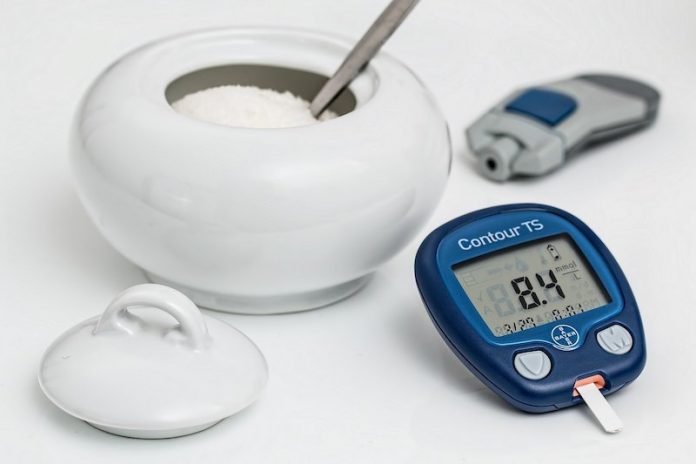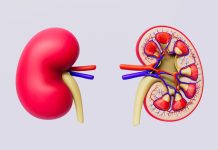
In a new study, researchers found that all prediabetes is not the same:
In people in the preliminary stages of type 2 diabetes, there are six clearly distinguishable subtypes, which differ in the development of the disease, diabetes risk, and the development of secondary diseases.
The research was conducted by a team at the University of Tübingen and elsewhere.
Diabetes is a worldwide pandemic. Since 1980, the number of people with diabetes has quadrupled worldwide.
Type 2 diabetes does not develop from one day to the next. People often go through a longer preliminary stage of diabetes, in which blood glucose levels are already elevated but people are not yet ill.
For people with prediabetes, it has not been possible until now to predict whether they would develop diabetes and be at risk for serious complications such as kidney failure, or whether they would only have a harmless form with slightly higher blood glucose levels but without significant risk.
However, such a distinction is important for the targeted prevention of metabolic disease and thus for counteracting the diabetes pandemic.
In the study, the team conducted detailed studies of the metabolism of 899 people with prediabetes who are still considered healthy.
Based on key metabolic parameters such as blood glucose levels, liver fat, body fat distribution, blood lipid levels, and genetic risk, the researchers were able to identify six subtypes of prediabetes.
Three of these groups are characterized by a low diabetes risk. The study participants in clusters 1 and 2 were healthy.
Slim people are the main members of cluster 2. They have a particularly low risk of developing complications.
Cluster 4 consists of overweight people, whose metabolism is still relatively healthy.
The three remaining subtypes are associated with an increased risk of diabetes and/or secondary diseases.
People who belong to subtype 3 produce too little insulin and have a high risk of developing diabetes.
People in cluster 5 have a pronounced fatty liver and a very high risk of diabetes because their bodies are resistant to the blood-glucose-lowering effect of insulin.
In subtype 6, damage to the kidneys occurs even before diabetes is diagnosed. Here, mortality is also particularly high.
The team also extended the analysis to include almost 7000 people in the Whitehall II Cohort in London and there, too, identified the six prediabetes subtypes.
In the future, the team will seek to determine to what extent the new findings are applicable to the classification of individual persons into risk groups.
If this is the case, people with a high-risk profile could be identified early on and receive a specific treatment.
One author of the study is Professor Hans-Ulrich Häring.
The study is published in Nature Medicine.
Copyright © 2021 Knowridge Science Report. All rights reserved.



